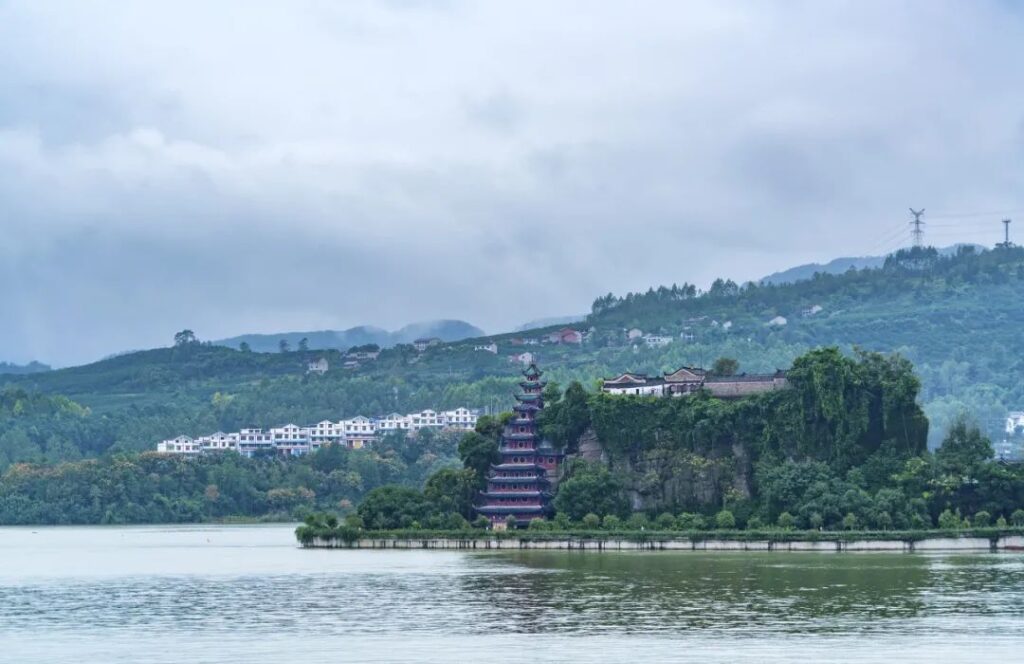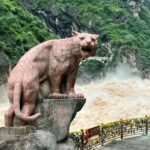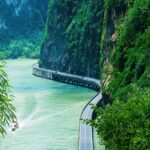
The Yangtze River, China’s longest river, originates from the Qinghai-Tibet Plateau and flows eastward across central China, spanning over 6,300 kilometers.
As the Yangtze River flows eastward, it carves through mountains and valleys at the eastern edge of the Sichuan Basin, creating a magnificent and unparalleled grand canyon known as the Three Gorges.
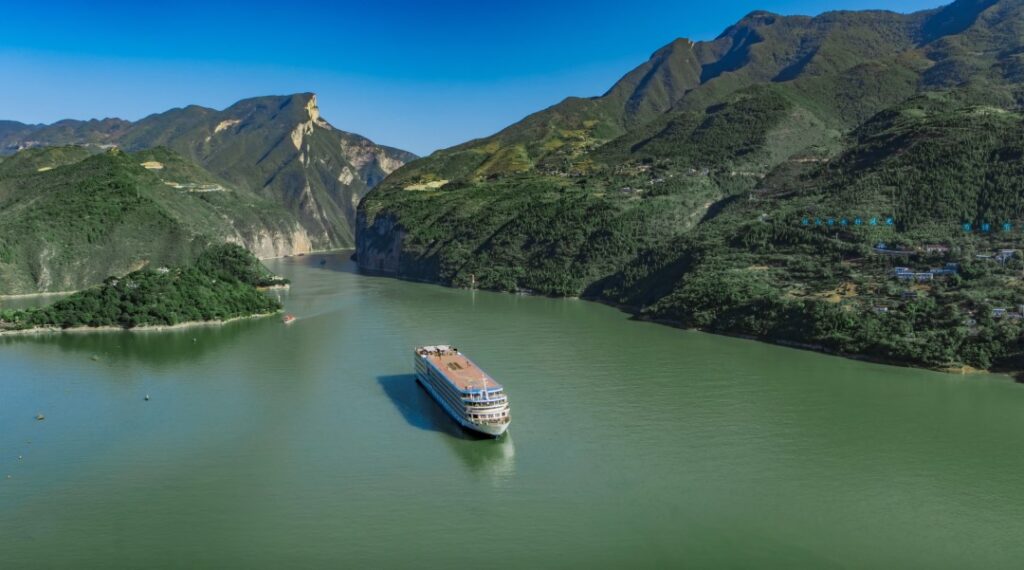
The Three Gorges are located at the upper reaches of the Yangtze River, straddling the border of Chongqing Municipality and Hubei Province. The area encompasses five counties and cities: Fengjie and Wushan in Chongqing, and Badong, Zigui, and Yichang in Hubei Province.
The Three Gorges stretch from Baidicheng in Fengjie County, Chongqing in the west, to Nanjingguan in Yichang City, Hubei in the east, covering a total length of 193 kilometers.
Along the way, both sides are flanked by steep mountain peaks and cliffs. From west to east, the three gorges are Qutang Gorge, Wu Gorge, and Xiling Gorge.
The landscape along both banks of the Yangtze River is spectacular, with steep and continuous mountain peaks typically rising 700-800 meters above the river’s surface.

The Three Gorges of the Yangtze River primarily consist of Qutang Gorge, Wu Gorge, and Xiling Gorge.
Qutang Gorge
Qutang Gorge extends from Baidicheng in Fengjie County, Chongqing in the west to Daxizhen in Wushan County in the east, spanning only 8 kilometers. Qutang Gorge is world-renowned for its majestic, spectacular, unique, treacherous, and steep characteristics.
Its entrance, Kuimen, is known as the “World’s Grandest.”
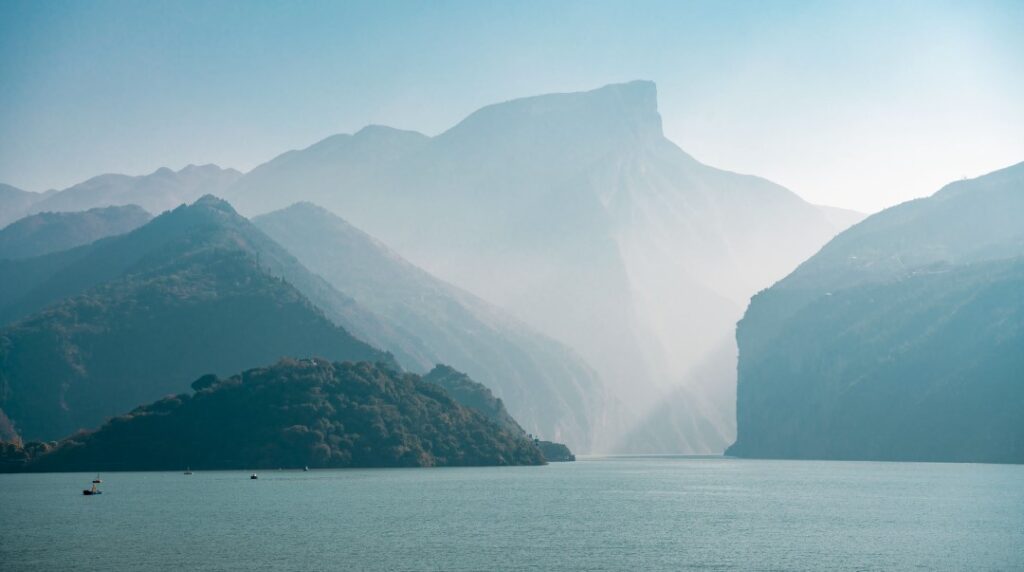
The image on the back of the 10 yuan RMB note depicts Kuimen. It has been an important strategic pass into Sichuan since ancient times, making it a highly contested area among military strategists.
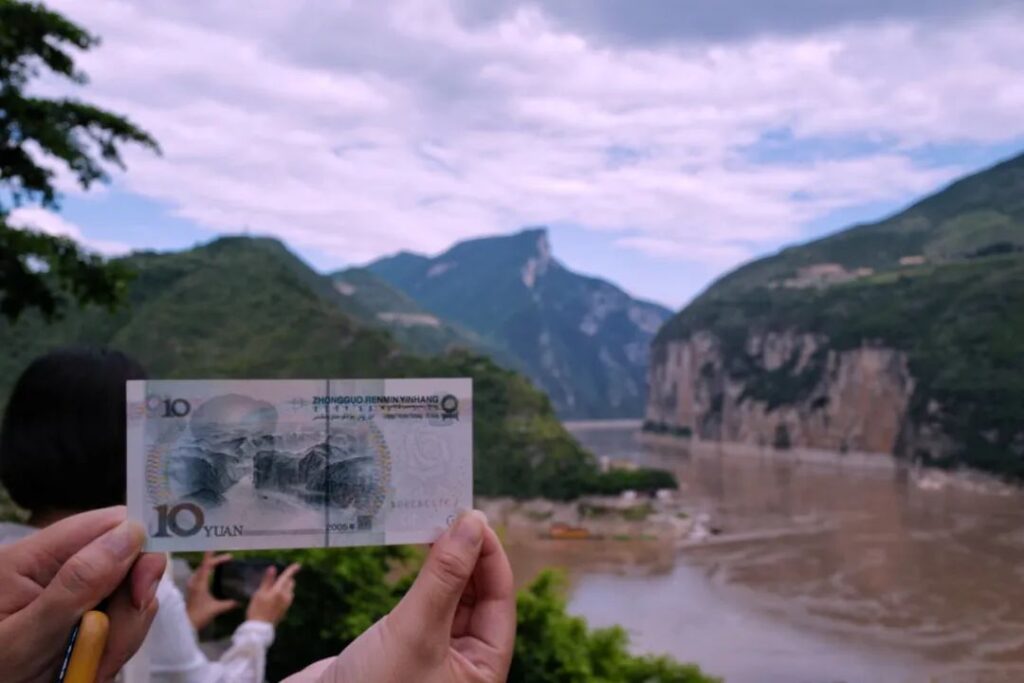
Qutang Gorge boasts numerous historical sites and scenic spots.
Upstream from the gorge entrance are Fengjie Ancient Town, the Eight Trigrams, and Yufu Tower. On the northern bank within the gorge, you’ll find Baidicheng, ancient plank roads, and Fengxiang Gorge. The southern bank features Fenbi Wall, Mengliang Ladder, and the Daxizhen Cultural Site.
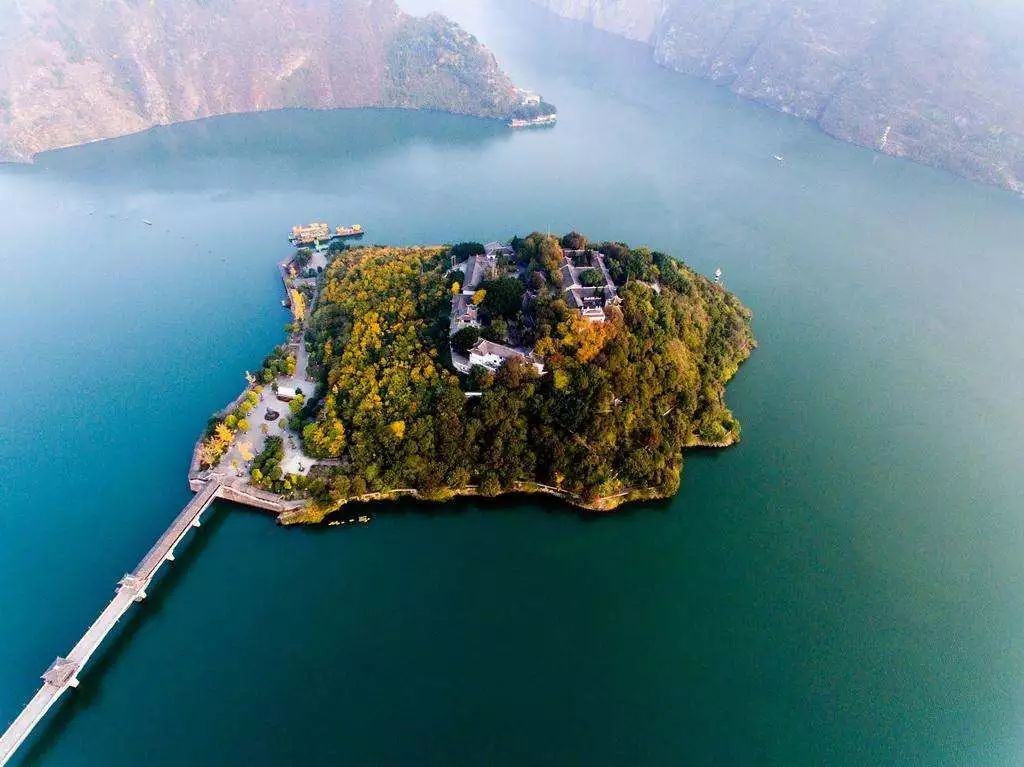
Let me highlight a few key attractions:
Fengjie Ancient Town
Fengjie is the cultural root of the Three Gorges, with a history dating back over 2,330 years. It marks the starting point for Three Gorges tours along the Yangtze River. The most beautiful section of the Three Gorges, stretching 700 li (350 km), begins at Fengjie.
From the peak of the Three Gorges in Fengjie, you can take in the entire view of Qutang Gorge. However, it’s quite a strenuous climb, taking 3-4 hours round trip.
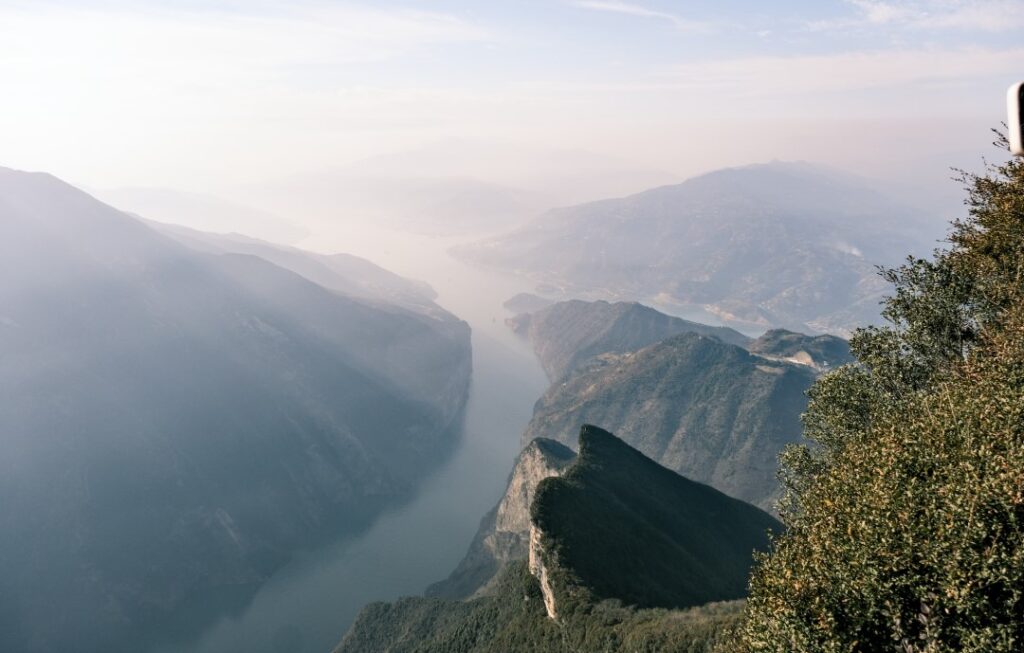
Baidicheng (White Emperor City)
Baidicheng, also known as the City of Poetry, immediately evokes ancient Chinese poems. Verses like “At dawn, I bid farewell to the White Emperor amidst colored clouds” and “The Shu River tilts eastward in one stretch, with the majestic White Emperor City towering above” come to mind.

Baidicheng is also where Liu Bei entrusted his son to Zhuge Liang. At the entrance, you’ll find a massive statue of Zhuge Liang commemorating this historical event.
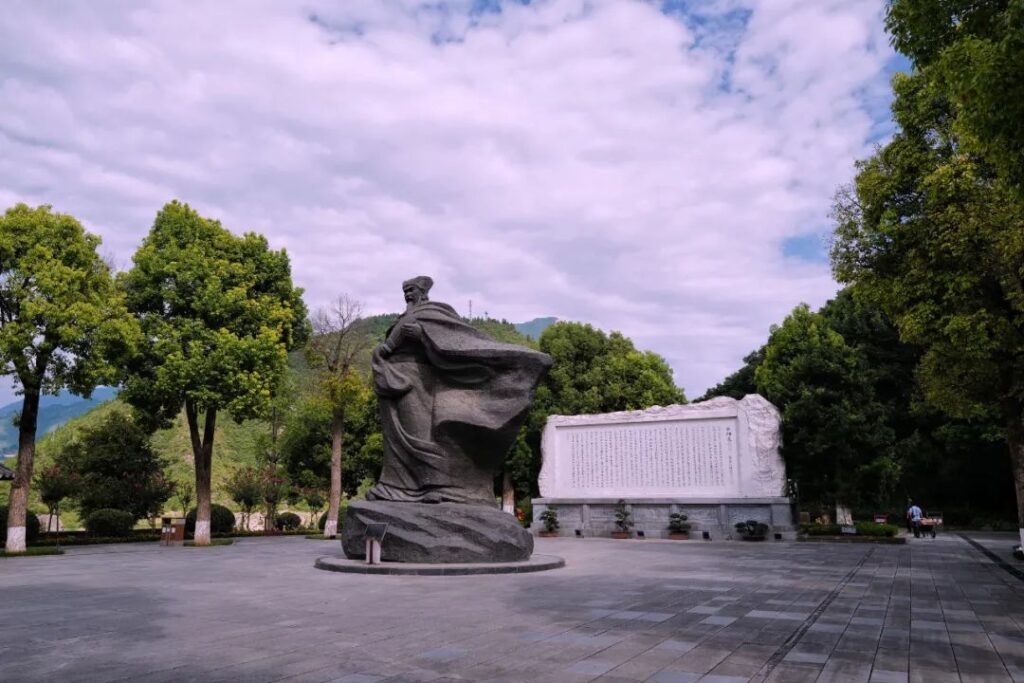
Additionally, it offers the best vantage point for viewing Kuimen.

Wu Gorge
Wu Gorge is renowned worldwide for its deep, serene beauty. With its long, deep valley and continuous strange peaks, it’s the most poetic and picturesque of the three gorges. As you travel along the winding river, you’ll see an endless array of mountain peaks on both sides, like a natural art gallery.
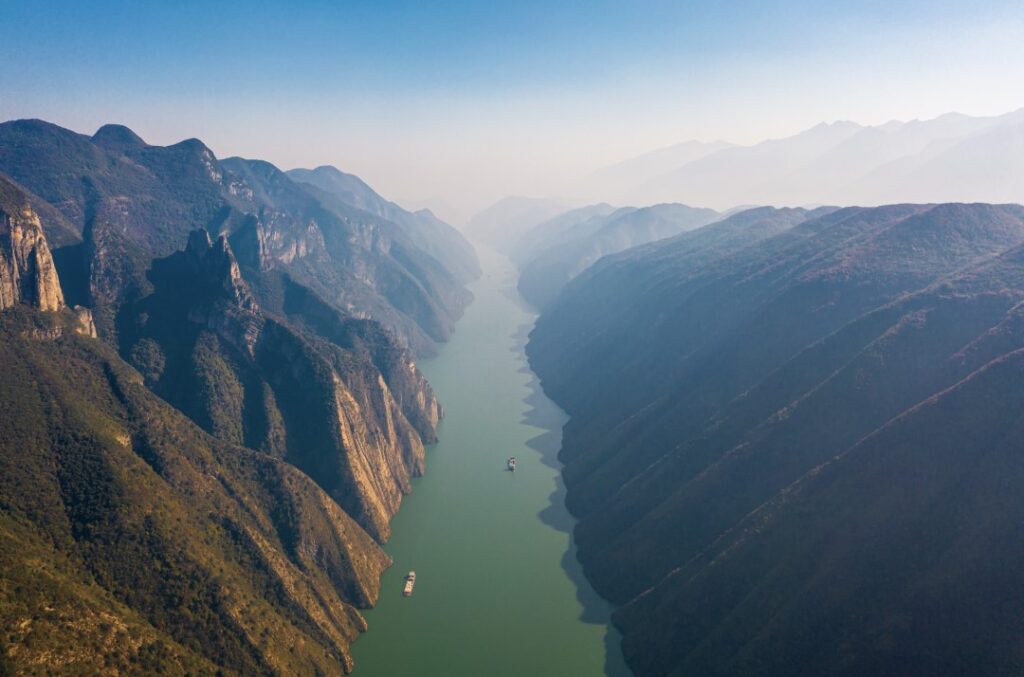
Wu Gorge is best explored by boat. As you cruise through, the Twelve Peaks of Wushan appear before your eyes, offering a truly spectacular view.
“From deep gorges a placid lake appears, the Goddess should be safe and sound.” The Goddess Scenic Area in Wu Gorge is a must-visit and is also a 5A-rated scenic spot.
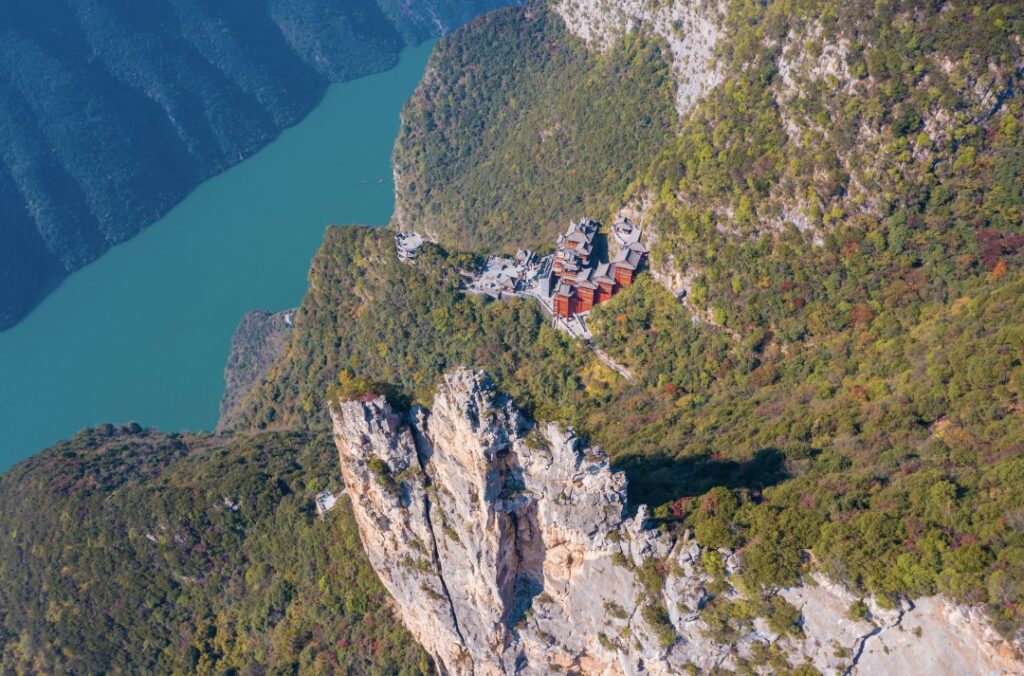
Shennü Stream (Goddess Stream)
Shennü Stream is known for its “three supremes”: supreme tranquility, supreme greenery, and supreme clarity. It also features “three peaks”: Shangsheng Peak, Qiyun Peak, and Jingtan Peak.
You can take a cable car ride at Shennü Stream, which is an excellent way to get an aerial view of both banks of the Three Gorges.
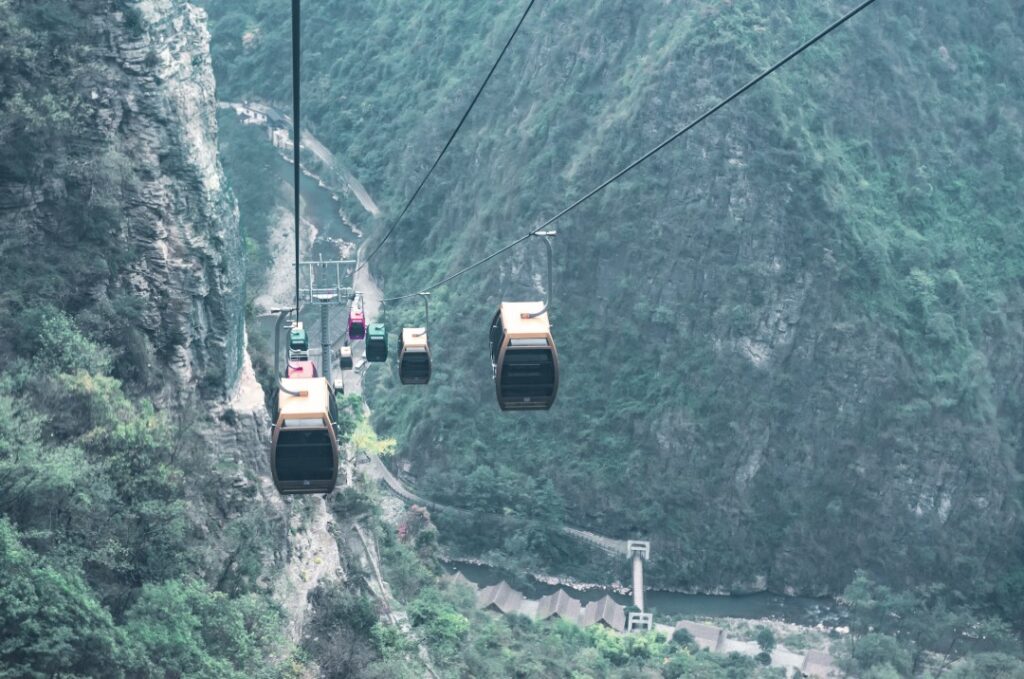
Lesser Three Gorges of Wushan
The Lesser Three Gorges of Wushan consist of Longmen Gorge, Bawu Gorge, and Dicui Gorge, spanning a total length of 50 kilometers.
Here, you’ll find strange peaks and cliffs, lush bamboo and trees, and the sounds of monkeys, creating a wild and natural atmosphere. While not part of the main Three Gorges, it’s just as impressive. For those familiar with the “Ghost Blows Out the Light” series, the hanging coffins of Wushan can be found here.
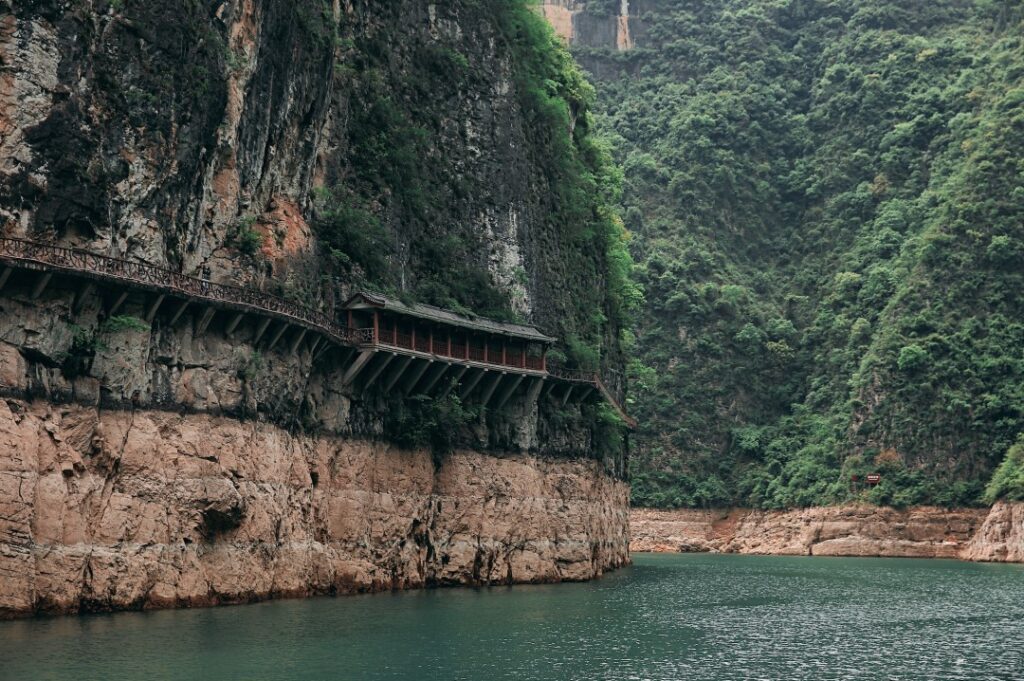
Autumn is the best time to visit Wu Gorge, with its red leaves and misty rains not to be missed.
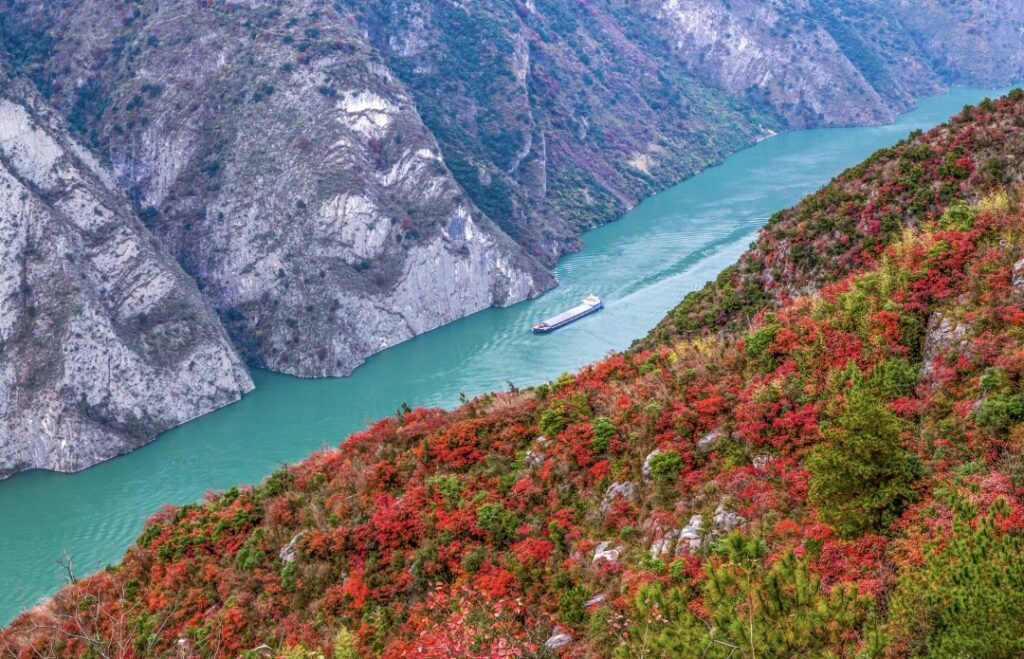
Xiling Gorge
Xiling Gorge is known for its strange peaks and rocks, and rapid water flow. Among the Three Gorges, it has the longest river section, the most beautiful scenery, and is the most thrilling.

The main attractions in Xiling Gorge are the Three Gorges Dam and the Three Gorges Tribe.
Three Gorges Dam
The Three Gorges Dam is a must-visit site, featuring the world’s largest ship lift. You’ll also see the vast reservoir with its breathtaking views. Most importantly, visiting the Three Gorges Dam will likely fill you with pride, as it’s truly a feat of national engineering.
The Three Gorges Project has three main benefits: flood control, power generation, and navigation improvement, with flood control considered the core benefit.

Three Gorges Tribe
The Three Gorges Tribe is also a 5A-rated scenic area. With its harmonious blend of mountains and waters, and misty ink-like scenery, it’s perfect for taking photos to share on social media.
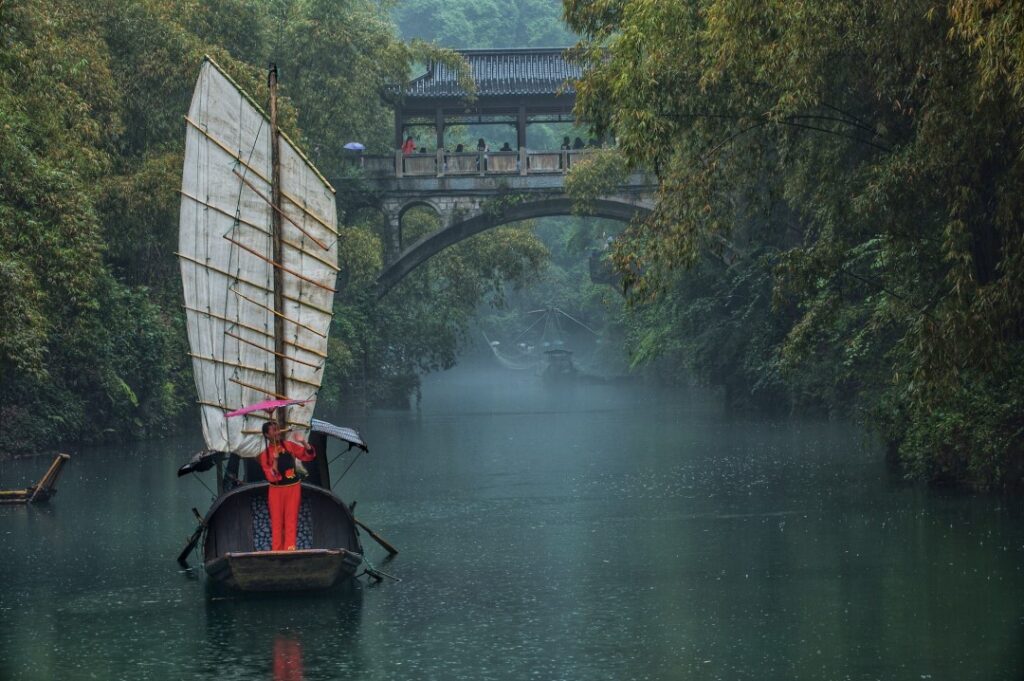
What else can you visit along with the Three Gorges?
Let me outline it for you: At either end of the Three Gorges are Yichang City and Chongqing City. Additionally, near the Chongqing section, you can visit Shibaozhai and Fengdu Ghost City.
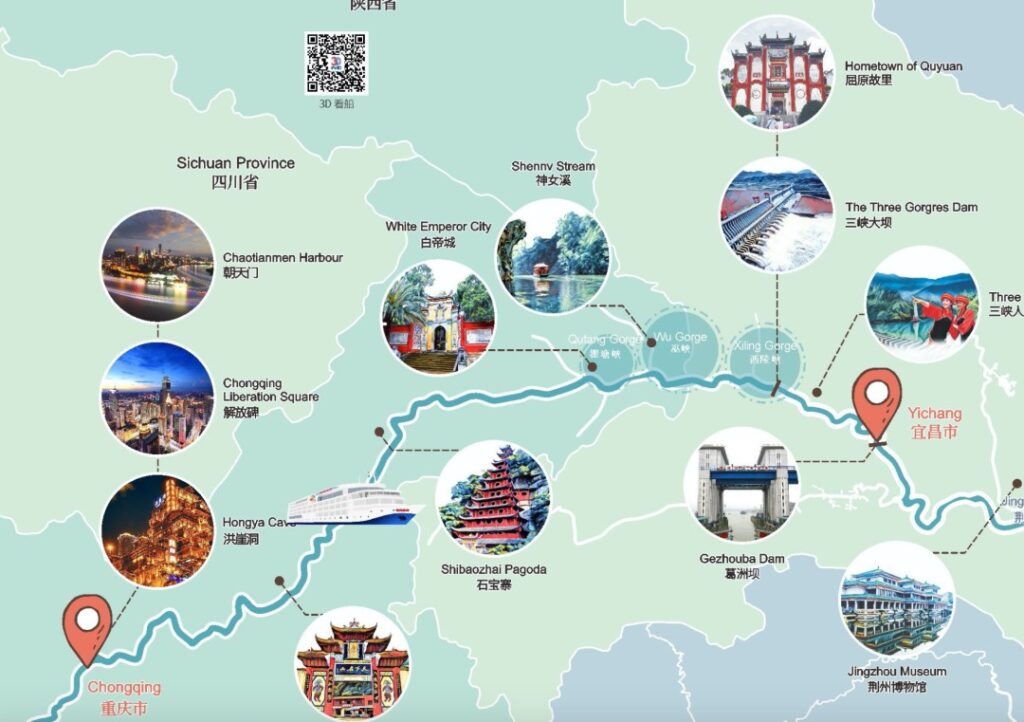
Yichang
Yichang is a city known for its water conservancy projects and delicious food. In autumn, there’s also a riverside red leaf season to enjoy. Moreover, Yichang has convenient transportation, with easy access by high-speed rail and air. Most people touring the Three Gorges enter (or exit) through Yichang and exit (or enter) through Chongqing, avoiding backtracking.
Yichang has both high-speed rail and an airport, making it an ideal starting point.

Chongqing
If you’re taking a boat tour of the Three Gorges, Chaotianmen Dock in Chongqing is definitely the starting point. If not, then you shouldn’t choose that boat, as it indicates a lack of reputation in the industry.
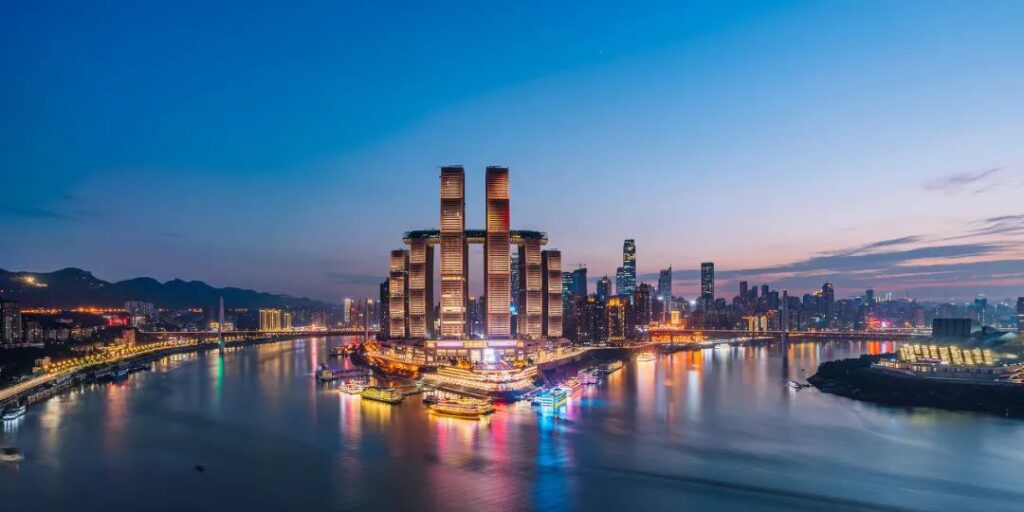
Chongqing has a Three Gorges Museum in Yuzhong District. It houses many memories of the Three Gorges, especially in the “Magnificent Three Gorges” section, which displays the historical culture and human spirit of the greater Three Gorges area through rich cultural relics and materials.
If you want to learn about the Three Gorges, it’s worth a visit.
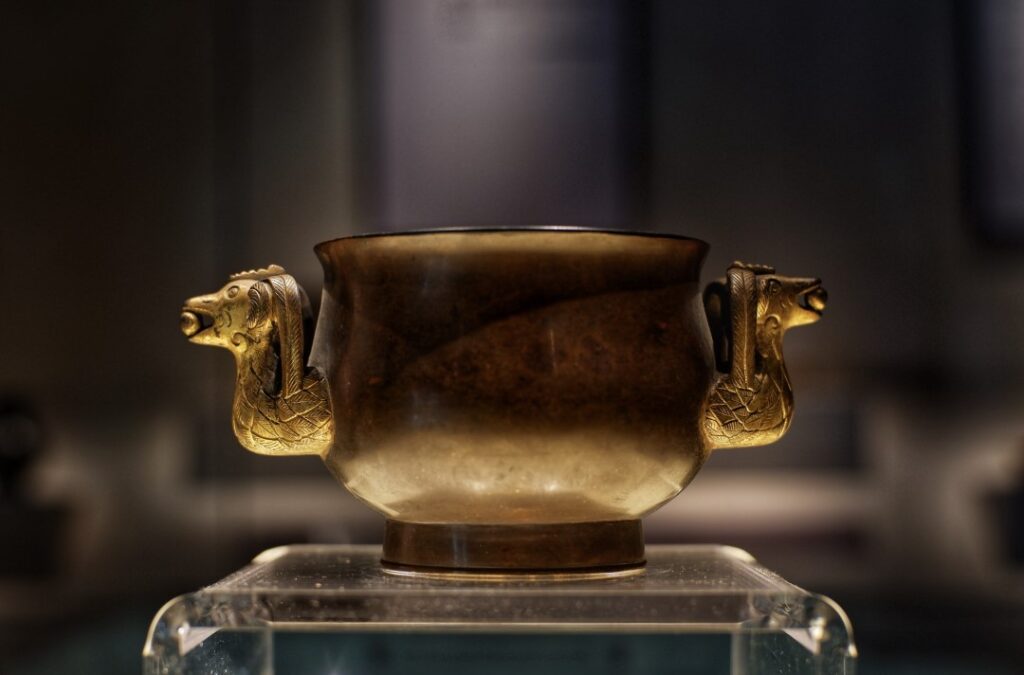
Wanzhou Three Gorges Migrants Memorial
The concept of the Three Gorges Dam was initially proposed by Sun Yat-sen and gradually implemented after the founding of the People’s Republic of China. It’s a historic project with far-reaching consequences.
Here, you can learn about the background of the Three Gorges migration and relocation.

Fengdu Ghost City
Due to the Three Gorges Project, much of Fengdu Ghost City, located in the Three Gorges Reservoir area, has been submerged. Much of what can be seen today has been reconstructed. As a result, many returning visitors say that Fengdu Ghost City is not as scary as it used to be.

First, you pass through the Ghost Gate, then cross the Bridge of Helplessness, and finally walk the Yellow Springs Road. Along the way, you’ll encounter various mythical creatures and gain some peculiar knowledge before finally meeting the King of Hell.
It’s quite an interesting experience.

Shibaozhai
Shibaozhai is known as the “Pearl on the River.” Why? You’ll understand when you see the picture – a small island in the middle of the river with a 35-meter-high pavilion, also known as one of the “Eight Wonders of the World.”
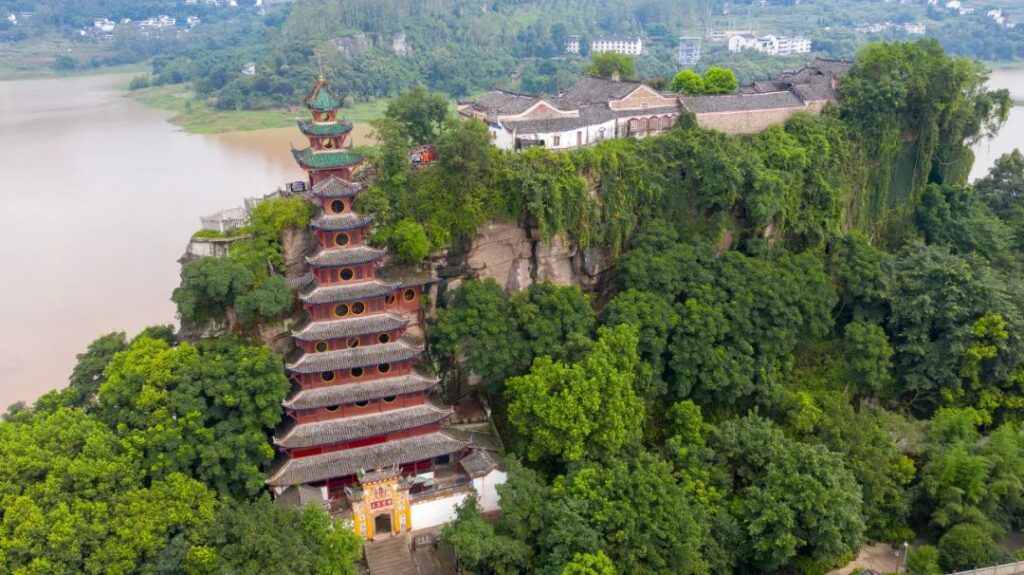
How to visit the Three Gorges?
By Water
The water route means taking a cruise. The Yangtze River route has long been one of the world’s most famous river cruise lines, with the history of Three Gorges cruises predating many of us.
The advantage of a cruise is that it travels at night and allows for sightseeing during the day, making it more relaxed as you don’t need to change hotels or move luggage daily.

Generally, cruises depart from Chongqing and end in Yichang (downstream, 4 days 3 nights), or depart from Yichang and end in Chongqing (upstream, 5 days 4 nights).
Upstream means traveling against the current of the Yangtze River, which is slower and takes 5 days 4 nights.
It’s recommended to enter from Yichang and exit from Chongqing for the upstream route, as you get an extra day of sightseeing.
By Land
Self-driving by land is also quite convenient, with highways covering the entire route.
Yichang (visit Three Gorges Tribe, Three Gorges Dam) → Lesser Three Gorges of Wushan (3.5h drive) → Baidicheng (1h drive) → Fengdu Ghost City (3.5h drive) → Fuling (1h drive) → Chongqing (1.5h drive)
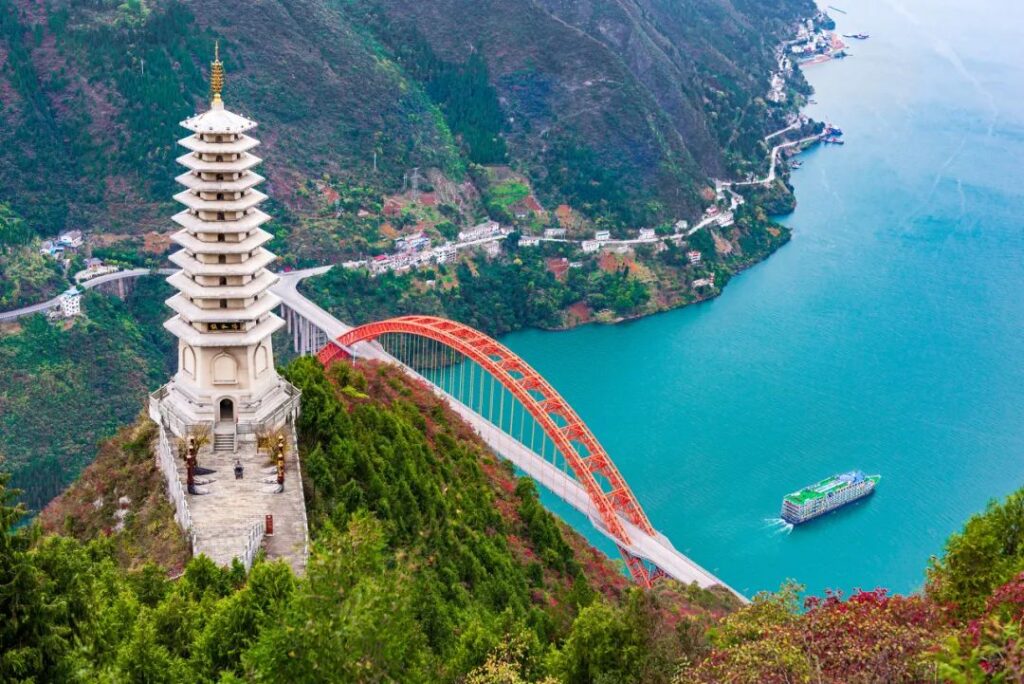
When to visit the Three Gorges
The Three Gorges have four seasons, each with different scenery. Spring, summer, and autumn are recommended. In winter, river cruises stop operating, so you can only travel by land.
Spring is for flower viewing, summer for waterfalls, autumn for orange-filled gorges, and winter for red leaves covering the mountains. During winter, the water in the Three Gorges turns emerald green.
Summer is the most expensive season as it’s the peak tourist period, especially during school holidays.

